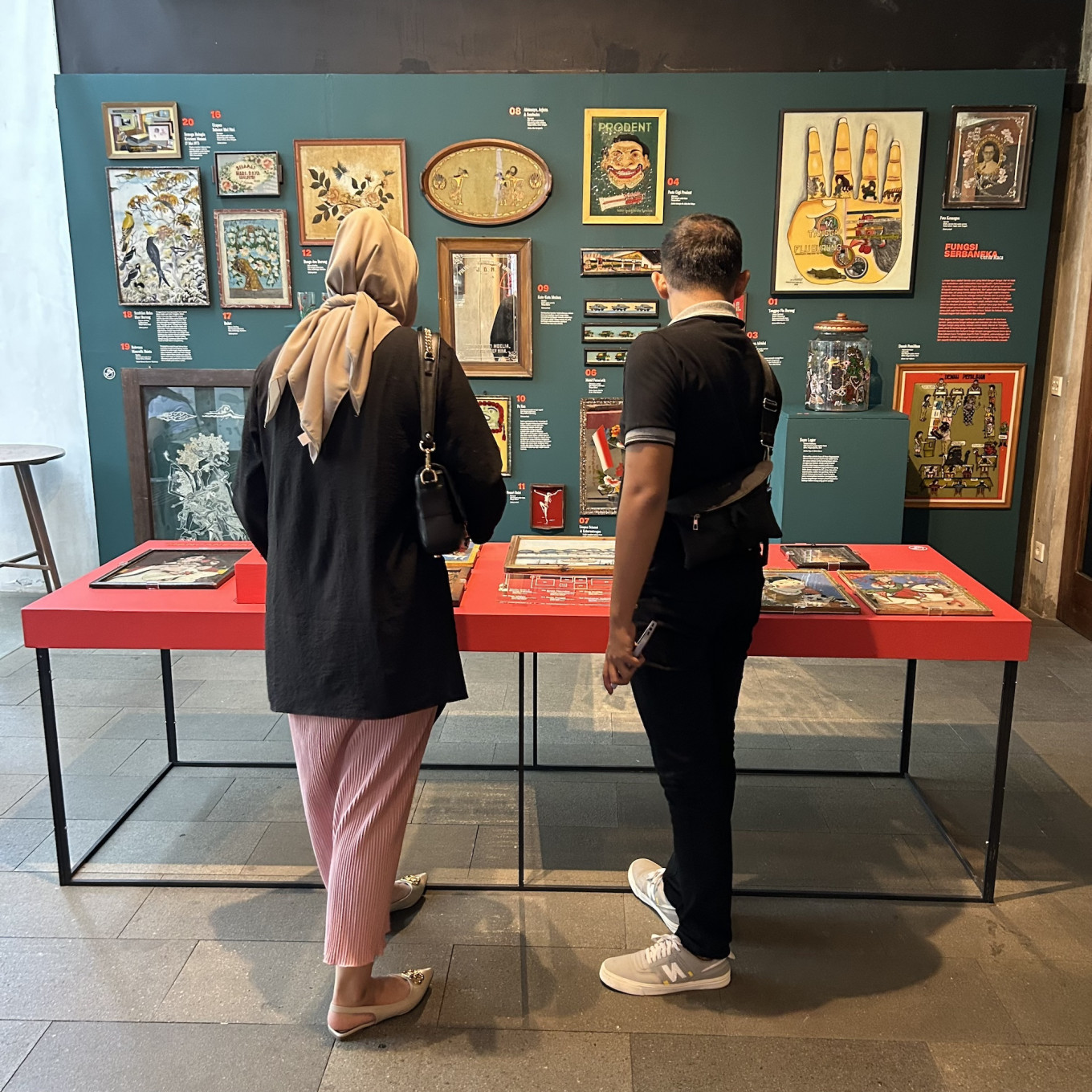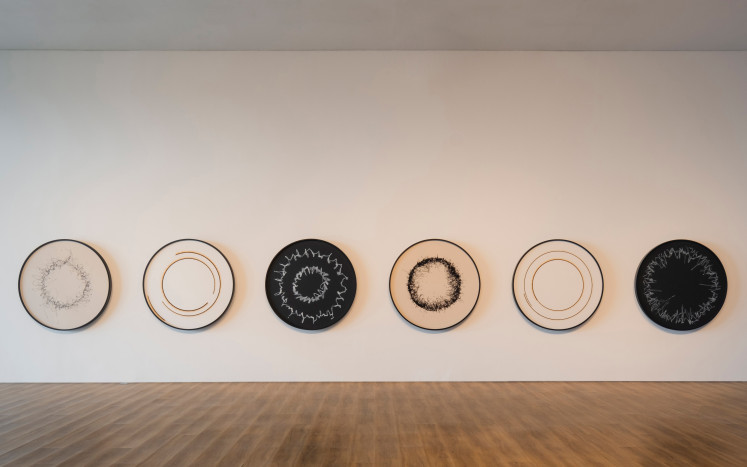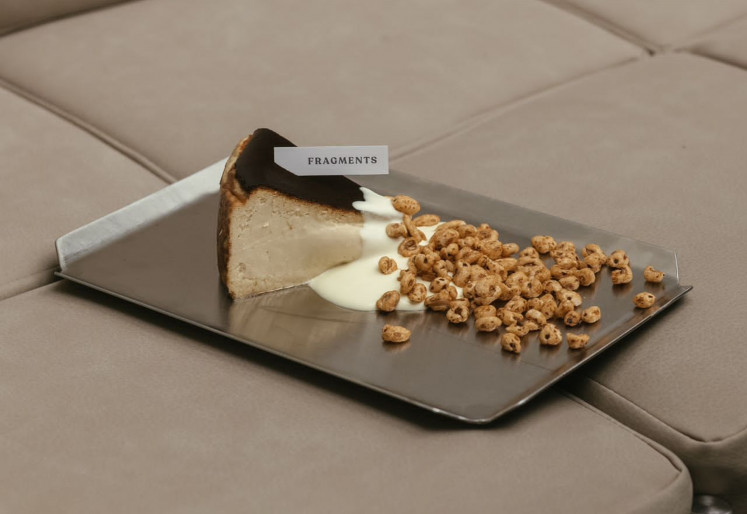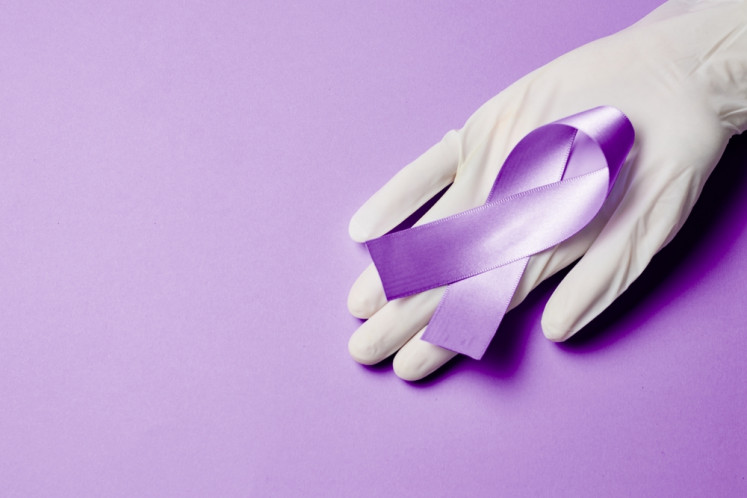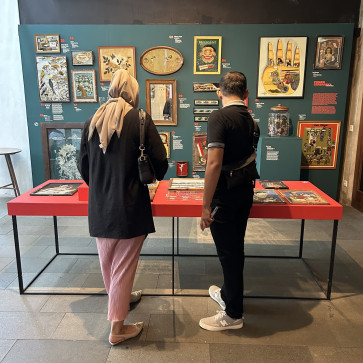Popular Reads
Top Results
Can't find what you're looking for?
View all search resultsPopular Reads
Top Results
Can't find what you're looking for?
View all search resultsCerita Kaca: Reflections on Indonesia's reverse glass paintings
An exhibition at Dia.Lo.Gue takes a look at the art of reverse glass painting, which originated in Europe and reached its heyday in Indonesia in the 19th and 20th centuries, when local artists infused their works with Chinese techniques.
Change text size
Gift Premium Articles
to Anyone
A
figure stands at a podium on a high platform amid streamers and other campaign materials, arm raised as he appears to address his audience in a loud voice. But his pledges seem to fall flat among those gathered, who are slumped wearily in their seats at long tables.
Titled Obral Janji (Selling Promises), the oil on glass painting by Indonesian artist Maryono still resonates with viewers today after the recent 2024 general election, just like it did when it was unveiled in 2003.
Another 2003 painting by fellow reverse glass painter Ning Istiariningsih displayed nearby reinforces this sense of déjà vu. Titled Ing Ngarso Sung Tulodho (A Leader Should Set an Example), it depicts four figures fighting over a chair beside the Red and White national flag, representing the perennial power struggle in Indonesian politics.
But Maryono’s use of the Panakawan (clown) motif of Javanese wayang, Semar, Petruk, Gareng and Bagong, show that the foursome’s humorous take on humanity’s follies, particularly in Obral Janji, is as relevant today as they were during the Majapahit empire in the 14th century.

